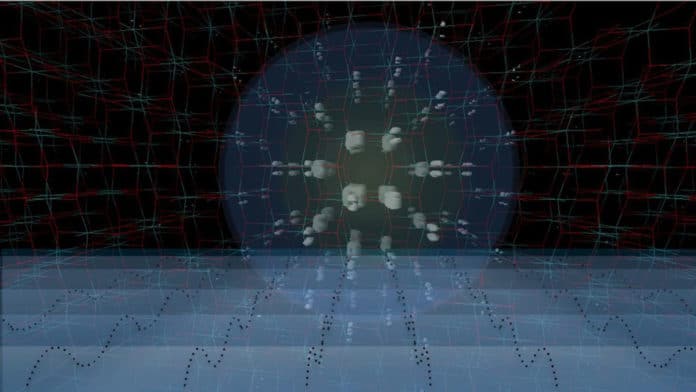Achieving high tunability of the optical properties of semiconductors at room temperature remains the challenging task in materials science research. These properties are usually monitored by excitons, bound pairs of negative electrons, and positive holes in a semiconductor.
New perspectives in the field of excitonics have recently developed from the discovery of excitons that persist at room temperature (RT) in several semiconductors, including organics, hybrid organic-inorganic metal halide perovskites, transition metal dichalcogenides, and transition metal oxides. Despite their different origins, excitons in these classes of materials are strongly coupled to the lattice degrees of freedom.
However, moderately significant changes have only been achieved under equilibrium conditions and at low temperatures. Significant differences at ambient temperatures, which are essential for applications, have so far been lacking.
For the first-ever time in collaboration with the theory groups of Angel Rubio (Max-Planck Institute, Hamburg) and Pascal Ruello (Université de Le Mans), EPFL scientists were able to control the excitonic properties using acoustic waves.
Scientists launched a high-frequency, large-amplitude acoustic wave in a material using ultrashort laser pulses. Doing this allowed them to manipulate the exciton properties at high speed. This astounding outcome was reached on titanium dioxide at room temperature, a cheap and abundant semiconductor that is used in a wide variety of light-energy conversion technologies, for example, photovoltaics, photocatalysis, and transparent conductive substrates.
Majed Chergui at EPFL said, “Our findings and the complete description we offer fascinating open perspectives for applications such as cheap acousto-optic devices or in sensor technology for external mechanical strain. The use of high-frequency acoustic waves, like those generated by ultrashort laser pulses, as control schemes of excitons, pave a new era for acousto-excitonics and active-excitonics, analogous to active plasmonics, which exploits the plasmon excitations of metals.”
Edoardo Baldini, the lead author of the article who is currently at MIT, said, “These results are just the beginning of what can be explored by launching high-frequency acoustic waves in materials. We expect to use them in the future to control the fundamental interactions governing magnetism or trigger novel phase transitions in complex solids.”
The study is published in the journal Science Advances.
